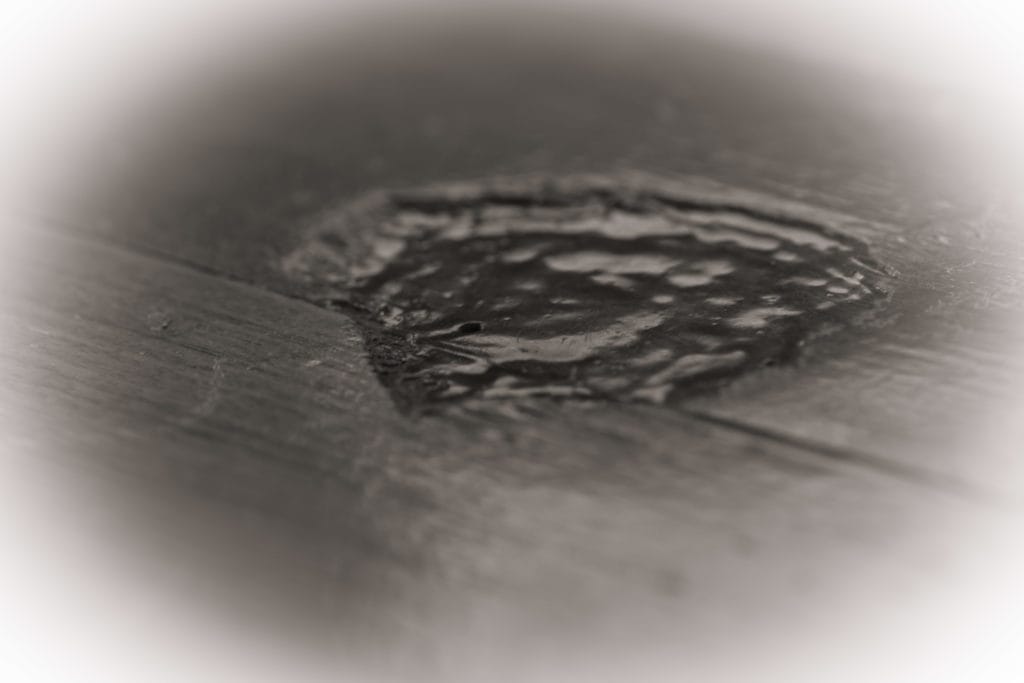As light radiates from the disc of the sun, so air is spread through the lungs.
Move the chest up and out. If the skin over the centre of the breastbone can move vertically
up and down and it can expand from side to side circumferentially,
it shows that the lungs are being filled to their maximum capacity.
BKS Iyengar
Pranayama is conscious breathing—not deep breathing. Prana means energy or life force and pranayama is the channelling of energy within the body. In this way someone can be doing deep breathing without necessarily doing pranayama. This conscious element is what gives pranayama its potency.
Classically, pranayama is said to be the transition between the outer and inner world—the vehicle through which we internalise, feel the body, and experience our inner life. In performing the asanas it is our will that can be brought to bear to sculpt the body and to learn focus, discernment, and subtlety. In pranayama, however, will power strangles the breath. Pranayama therefore requires a more subtle approach—more observation than action. The practice of pranayama commences where savasana finishes. For this reason students should become proficient in asanas and especially
savasana before commencing the practice of pranayama.
BKS Iyengar writes that:
“’We all breathe, but how many of us do so correctly, with attention? Bad posture, an ill-shaped or caved-in chest, obesity, emotional disorders, various lung troubles, smoking and uneven use of the respiratory muscles, lead to improper breathing, below one’s capacity. We are aware of the discomfort and disability which then arises. Many subtle changes take place in our body as a result of poor breathing and bad posture, leading to heavy breathing, inadequate pulmonary function and aggravation of heart disease. Pranayama can help to prevent these disorders and help to check or cure them, so that one can live fully and well.’
BKS Iyengar, Light on Pranayama, Allen & Unwin 1991 p.31
Physiology of the breath
Breathing is a chemical reaction triggered when carbon dioxide levels in the blood rise, causing the diaphragm to contract and suck oxygen into the lungs. Oxygen enters the lungs to the level of the alveoli. These fine airways help the oxygen transfer across the capillary wall to merge with haemoglobin in the blood stream which is then carried throughout the body. Respiration therefore is both voluntary and involuntary—it is habitual and automatic, but can also be regulated through conscious awareness.
Download the full PDF article below

